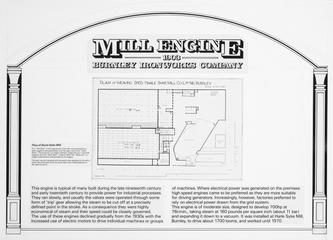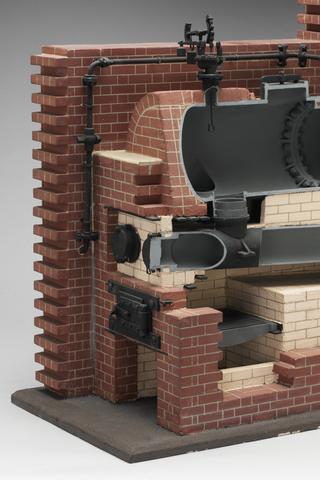2 Pressure Gauges
Two pressure gauges invented by Mr. John Inshaw (1807–1893) in 1856. John was a mechanic and inventor from Birmingham, England who worked with both the rail and shipping industries, and consulted for George Stephenson on wheel designs for steam locomotives.
One of the gauges is probably the experimental instrument with a visible mechanism, whilst the other is a completed and closed in boiler fitting.
Each gauge has two thin discs of sheet metal at the edges that will bulge outwards should any steam or other pressurized fluid admitted enter the space between the discs. Two curved levers communicate motion to the index by means of a rack and pinion, utilizing the bulging of both discs through pressure. The action resembles that of the aneroid barometer, which is stated to have been first constructed by Vidi in 1847.







